There are less than 2 weeks before 2020. While manufacturers are actively preparing for CES, they are also preparing for the first new wave in the coming year.
The first wave of flagship mobile phone releases in 2020 may start from Samsung.
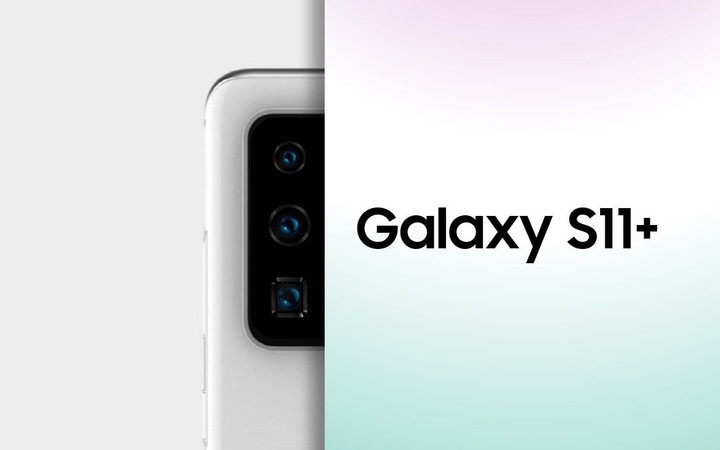
It was previously reported that Samsung will release the Galaxy S11 early next year. From the publicity image exposed now, it appears that the Samsung Galaxy S11 will use the latest “five-shot” structure. In addition to the conventional “ultra-wide + wide-angle main camera + telephoto” basic combination, Samsung will also add additional Two shots.
It is not clear whether these two lenses are auxiliary lenses or long zoom lenses with periscope structure as predicted before.
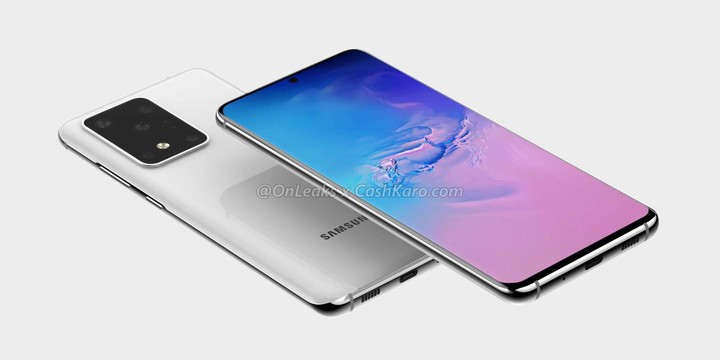
In addition, there have been predictions not long ago that Samsung will also break the combination of 12-megapixel sensors. As for which high-pixel sensor they will use this year, it is still unknown. But it seems that Samsung’s investment in the camera this time should be a lot more luxurious.
In addition to the Galaxy S series, Samsung ’s true wireless headphones, the Galaxy Buds, are also reporting updates. According to the FCC ’s hands, the next-generation Galaxy Buds will use larger batteries, and battery life is expected to be further improved.
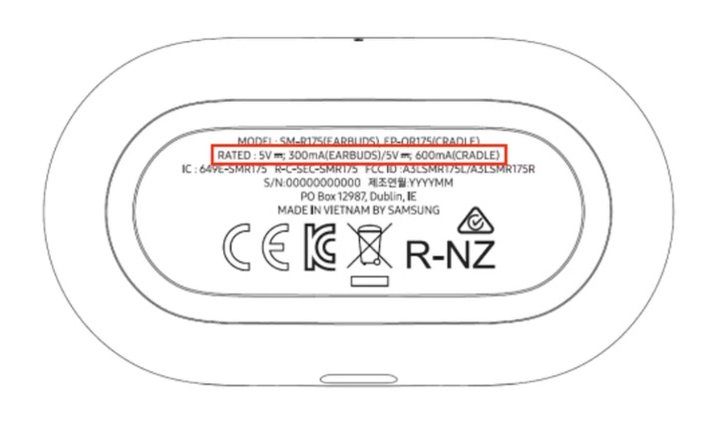
According to Media Droid-Life report , FCC exposure Certification information for the new Galaxy Buds. According to the information, the new Galaxy Buds will use a 300mA battery while the charging case will use a 600mA battery. In terms of capacity, the new-generation battery is three times the old one, and the improvement is indeed significant.
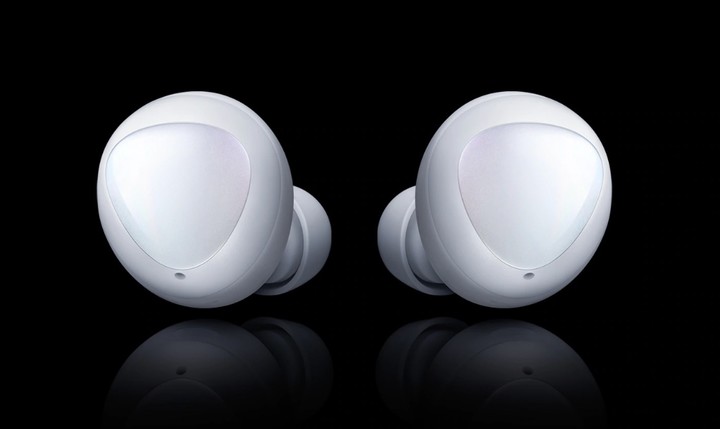
It’s just a sudden replacement of a large-capacity battery. The size and design of the Galaxy Buds should change. Can it still maintain this completely in-ear design?It’s also harder to say.
However, The Verge said You don’t have to worry too much about the battery capacity exposed by the FCC. According to the performance of the previous generation Galaxy Buds, the actual battery capacity of the old model is indeed not as high as that announced by the FCC. So at this stage, we can only look at it first.
According to the performance of the previous generation, the Galaxy Buds headset can provide 6 hours of battery life, and the power of the charging box can also provide 7 hours of use time, which is about 13 hours when integrated, which is also in line with the standards at the time.
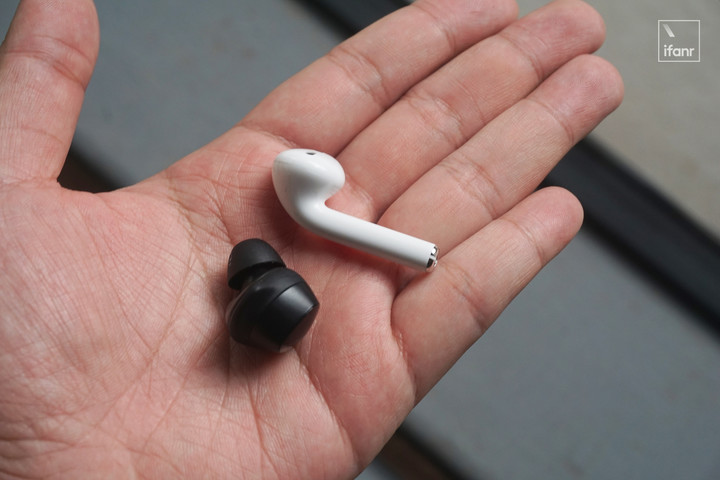
But if you look at the current market, like the updated AirPods (second generation) with a charging case, you can achieve 24 hours of use time, and Sony’s new WF-H800 true wireless headset also has 16 hours. Even if noise reduction is added, the endurance performance of AirPods Pro, WF-1000XM3Also very prominent. In this environment, Samsung really has to work harder on battery life.
In addition to battery life, there are features.
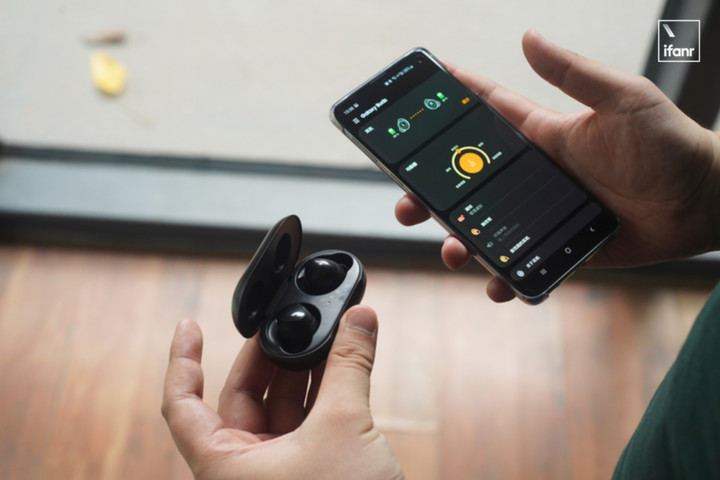
Compared to the AirPods series, Galaxy Buds’ product update pace is a bit slower. Coming from the IconX era, Galaxy Buds has become a product that follows the Galaxy S series every year. From the beginning, the functions are relatively complete, such as smart assistant voice wake-up, Bixby connection, and some simple intelligent control functions. With Samsung ’s ecological advantages, it can also control home appliances. In addition, it also has special control applications and optimization with Galaxy series phones It is very convenient to use.
But if it is updated in 2020, I believe Samsung will also adjust the function. Based on the in-ear design of the Galaxy Buds, if Samsung really wants to make a Galaxy Buds with active noise reduction or with motion monitoring function, it is not impossible to replace large-capacity batteries.
It’s just that there is no further information, so it’s hard to guess now.

But it ’s easy to predict when the Galaxy Buds will be released.
If, as before, Samsung should launch a new generation of Galaxy Buds at the Galaxy S11 conference, The Verge forecasts There will also be a new generation of folding phone Galaxy Fold 2 in the same period. As for how Galaxy Buds will change in the future, it is expected that there will be an answer before MWC next year.